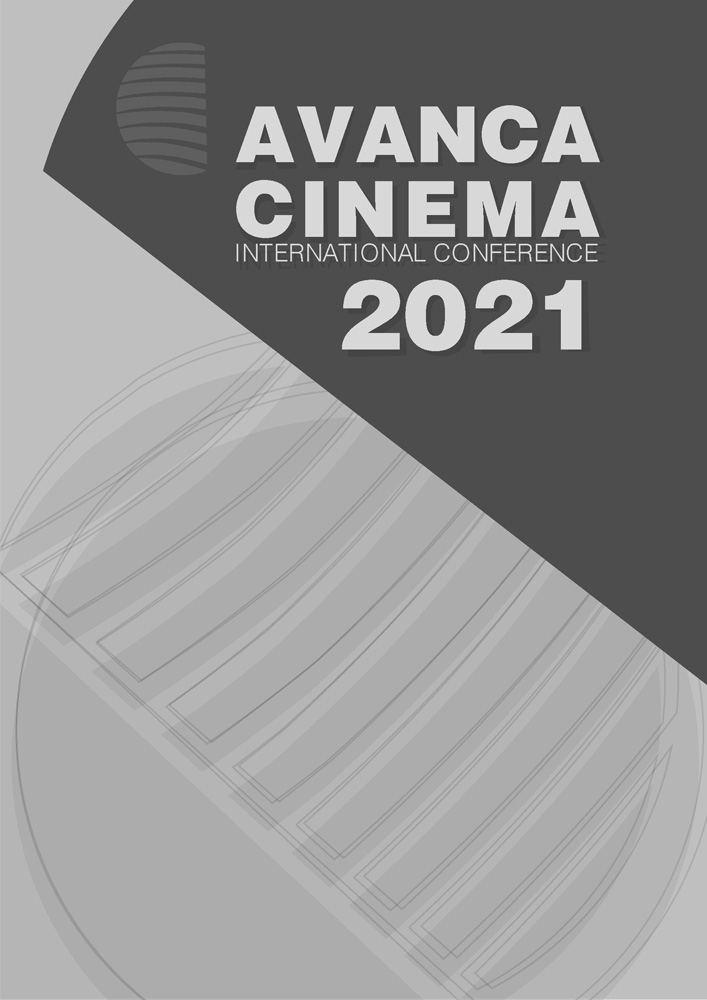Capítulo IV _ Cine - Tecnología
Entre cuadros de lenguajes: serialidad y variación en películas basadas en lenguajes de programación. Caso de estudio con un corto generado por código
Resumen
Communication consists of basic units of information transferred between emitters and receivers, often functioning inside a whole structure called language that allows the formation of an unlimited multiplicity of relationships. Conscious or tacit, communication ranges from the explanation of a complex idea, to the natural reading of body conditions that manifest that an individual is up to reproduction. That natural sense of decoding, lets us automatically recognize a certain relationship between whatever two objects we put together, like how a black object relates to a white one, or a top one to the bottom, or even one to the many, constituting a primitive sense of idea, order or thought, without even a representation of the subject. Applied to Film, those kinds of relationships between forms are rhythmic relationships, and rythm is basically the essence of filmmaking, as film (same as music) is a form of art that takes place along time and in the rendition of movement, but rather precisely in the temporal distribution of connected blocks of image/movement, timed chains of tension and release that give a certain sense of mathematical relationships settling the base for an universal language, Giving these considerations , what happens when the language of film is ranslated into a computer programming language in order to emulate cinematic properties? What tensions and nuances emerge? This paper will address these issues using an arts based research project of recreating a short abstract film using entirely the popular media arts prototyping language Processing.

Esta obra está bajo una licencia internacional Creative Commons Atribución 4.0.

